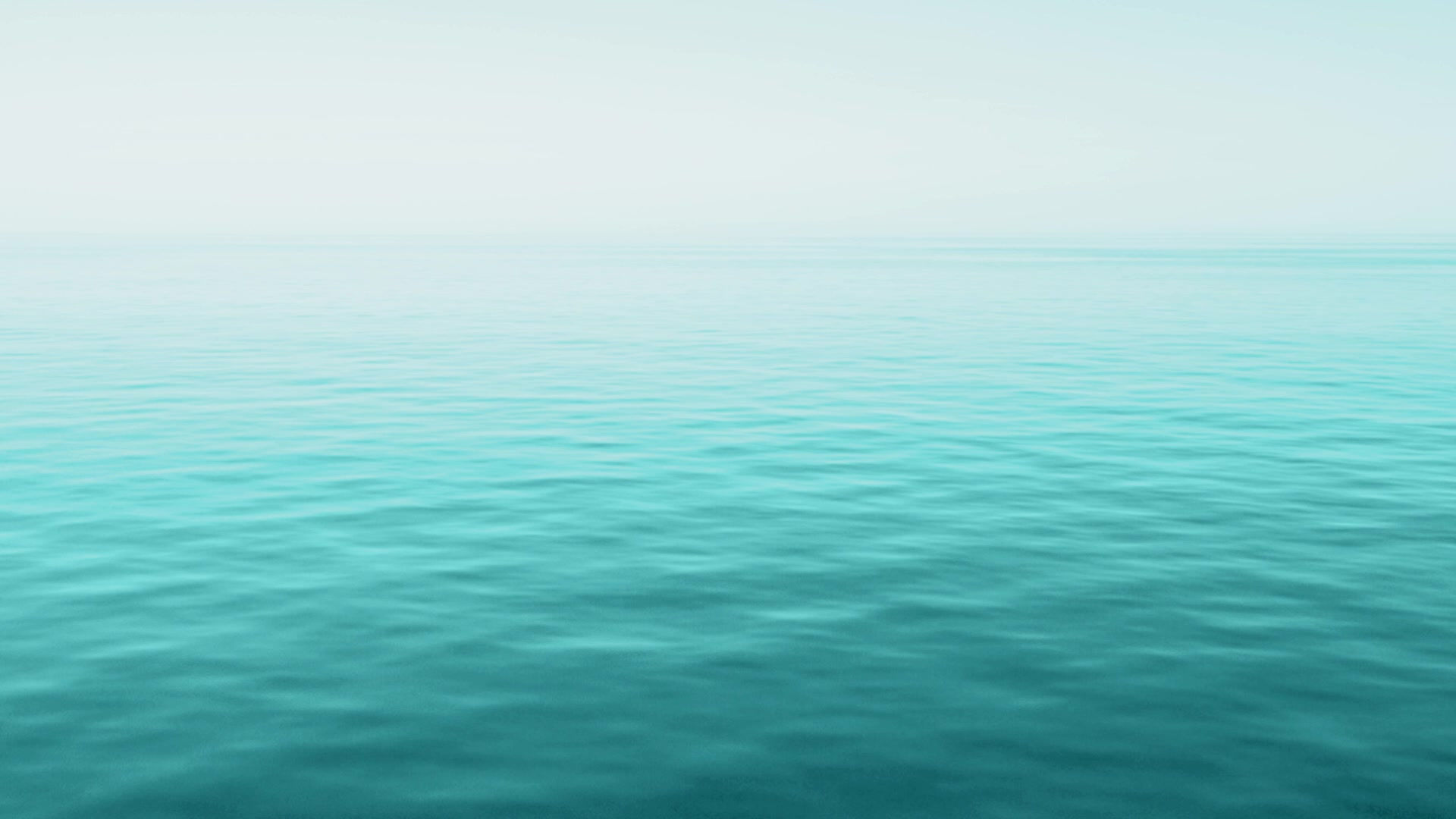Blog 42: Poetic Licence
- Shannon Éilis

- 4 days ago
- 3 min read

Since I was a young child, I’ve always loved to write. My Nana was an avid storyteller who would always teach me about the folktales and mythical creatures of Ireland. I still remember her warnings of the Fae and instructions of how to catch a Leprechaun (to this day, I believe I saw a Leprechaun at seven years old, but of course, I blinked and he disappeared. Sure, it could have been my imagination, but I swear it feels like a memory). We would sit up late at night writing horror stories and drawing the monsters that our main characters had to overcome. (Yeah, maybe it was my imagination!) Or reading books we’d collect from the local charity shop. She truly was the person who made me fall in love with literature.
However, this love has always centred around creative literature. The freedom of expression, escapism, and the ability to make your own rules have always drawn me towards creative writing, poetry especially. The rigid rules of grammar in formal and academic writing have never really enticed me to evolve my own formal writing. Maybe this is because I find it nearly impossible to ditch the informalities and poetic language that have been ingrained into me since childhood (thanks, Nana). I often depart from the traditional rules of grammar in my own writing because manipulating the order and placement of words is a great way to convey something that may be difficult to express through the conventional use of language. This diversion away from the traditional bounds of grammar is called the poetic licence.
So, how exactly would we define what poetic licence is? The 17th-century poet John Dryden defined Poetic Licence as the ‘liberty which poets have assumed to themselves in all ages, of speaking things in verse, which are beyond the severity of prose’. It is the grammatical, linguistic, and imaginative freedom granted to poets that allows them to depart from the rules of grammar, syntax, diction, and vocabulary to create a specific desired effect. This distortion may be to maintain a rhyme scheme or metrical pattern, convey emotion through form or tone it creates, it may also be used to place emphasis on a specific word or line, or further express an element of ambiguity that traditional syntax may not capture as effectively.
This notion of the poetic licence also covers the poet’s freedom to depart from the factual accuracy of reality and the chronological order of events to prioritise artistic expression instead. (Now, this isn’t to say that ethics don’t come into play here, but that would be another discussion for another time.) Poetic licence is used by poets to alter the rules and deviate from the form or facts of a poem to create an aesthetic or emotional impact. I think that people sometimes assume that first-person poetry is inherently about the poet who has written it. But I can assure you now (from a poet who predominantly writes in first person) that it isn’t always the case. We don’t assume that a first-person novel is written about the novelist, so why should we always assume that in poetry? Poets often use this Poetic Licence to create poetry from an amalgamation of events, ideas, images, metaphors, memories, feelings, people, stories, etc, in order to tangibly tackle ambiguous or abstract emotions and convey coherent meaning.
The folktales and stories told to me by my Nana were consumed with this idea of the poetic licence. From the blend of fact and fiction, metaphor and reality, the combination of her own childhood memories and the mythical creatures that she grew up with, to the manipulation of diction used in her speech to capture the tone and emotion of the story, she inspired me to break the rules and employ this liberty of ignoring the conventional in my own writing.
Below, I have included some poems from poets who often employ their own poetic licence to deviate from those conventional rules of grammar and diction. Hopefully, they can offer some inspiration for how you too can employ yours.


The following two pages are taken from a book of poems written by Ocean Vuong, entitled Night Sky with Exit Wounds. The main parts of the poem are written as footnotes at the bottom of the pages. They aren't very clear to read when copied, so I have typed them to show you more clearly.








Comments